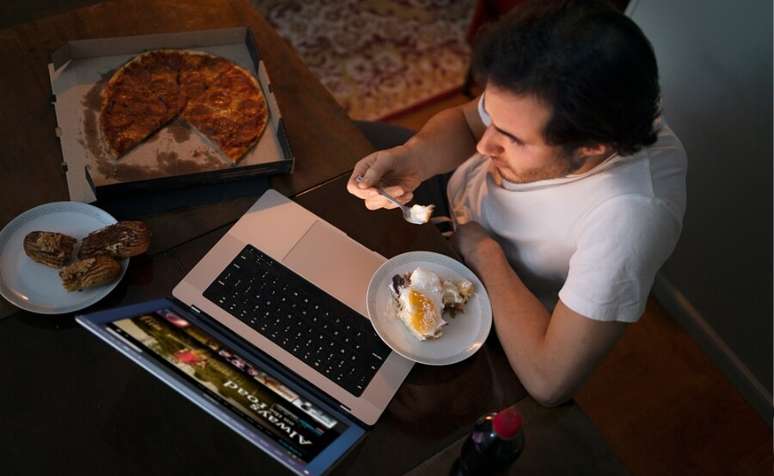The study involved more than a thousand workers from medium and large companies
A recent survey conducted by the company Professional active break have revealed alarming data on the current scenario in companies: 86% of employees spend more than 6 hours a day working while sitting. This sedentary lifestyle is associated with high levels of stress (53%), lack of energy (59%) and tiredness which also affects leisure activities (71%).
According to Professor Daniel Sandy, CEO and co-founder of Pausa Ativa, the effects of a sedentary lifestyle go beyond physical appearance, directly impacting the productivity and well-being of employees. Studies demonstrate a direct relationship between prolonged inactivity and problems such as reduced cellular oxygenation, reduced neurometabolic activity, increased muscle tension and chronic inflammatory processes.
Aware of these challenges, HR leaders are looking for solutions to combat sedentary lifestyles in the corporate environment. However, poor uptake of programs to encourage physical activity has been a barrier. Many managers wonder whether it is worth investing in initiatives of this type.
According to Daniel Sandy, to overcome this resistance, it is crucial to remove the barriers that prevent employees from participating.
“It is essential to encourage movement during the working day, recommending quick and simple exercises, promoting independence and ensuring an organizational culture that values health and well-being,” says the professor.
Active breaks in the fight against sedentary lifestyle
According to neurophysiology doctorate Professor Leandra Batista, who is also the scientific director of Pausa Ativa Ocupacional, active work breaks have been recommended in several countries around the world, including the United States, Canada, Australia, the European Union, Japan, China, among others to combat sedentary lifestyle.
These recommendations vary in terms of time spent sitting (from 30 minutes to 2 consecutive hours) and time spent on active breaks (from 1 to 10 minutes).
According to the expert, when performing movements during the active break, the individual directs his attention to physical practice, which can lead to a reduction in activity in the prefrontal cortex – the brain region responsible for functions such as planning, decision making, concentration and emotional activity. check.
This small intervention can open up new avenues for the brain to return to mental activity, allowing for better creativity or a reduction in mental rumination and excessive worry.
“To raise awareness and encourage change, companies can take a range of measures, such as awareness conferences, implementing active break programmes, offering movement spaces, leadership training, encouraging walking meetings, encouraging the use of the stairs and recognition of the employees who stand out for the initiative”, concludes the CEO of Pausa Ativa Ocupacional.
inspires transformation in the world of work, in business, in society. Compasso, a content and connection agency, is born.
Source: Terra
Ben Stock is a lifestyle journalist and author at Gossipify. He writes about topics such as health, wellness, travel, food and home decor. He provides practical advice and inspiration to improve well-being, keeps readers up to date with latest lifestyle news and trends, known for his engaging writing style, in-depth analysis and unique perspectives.








